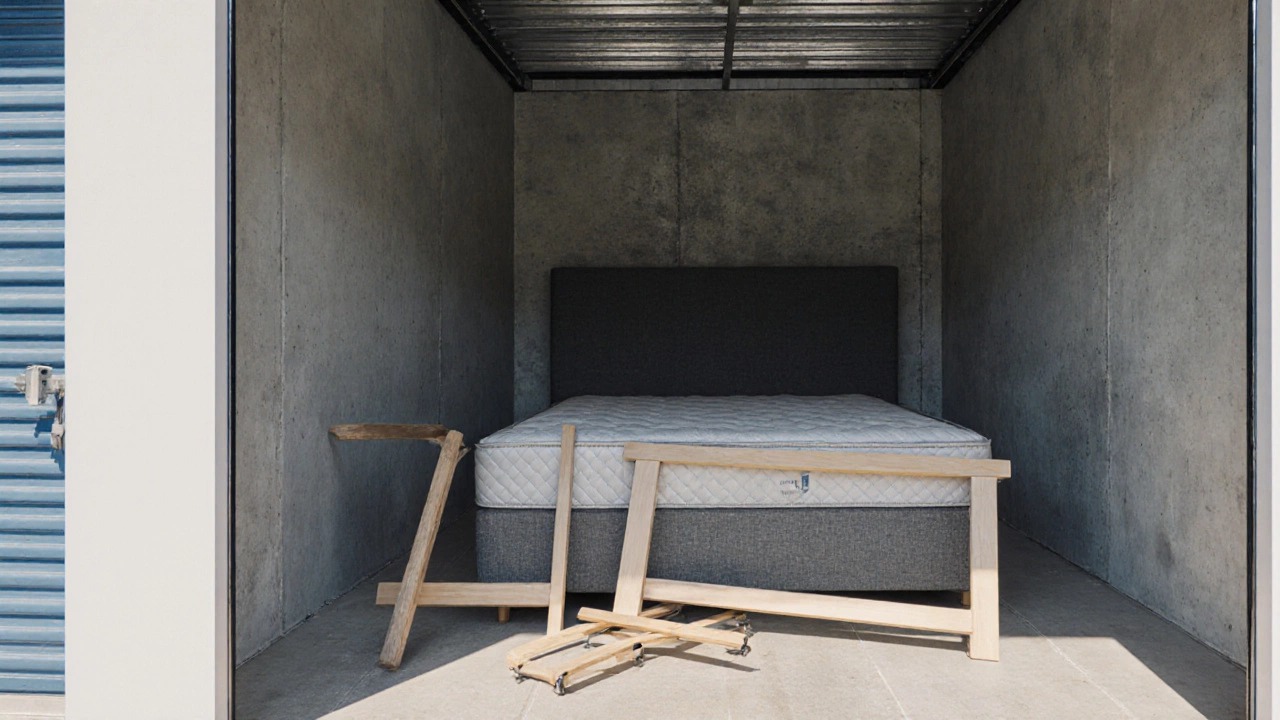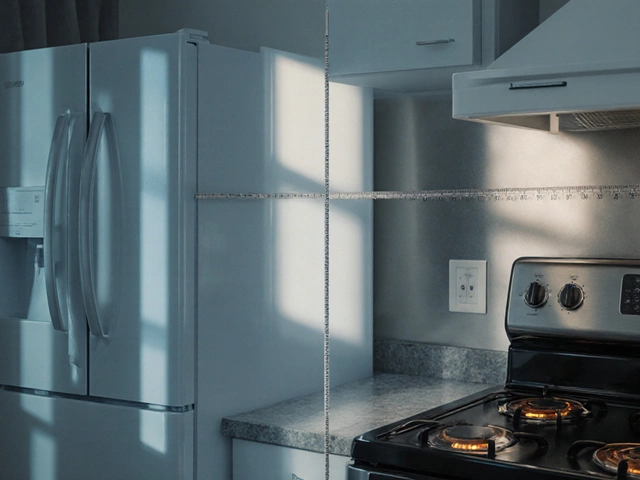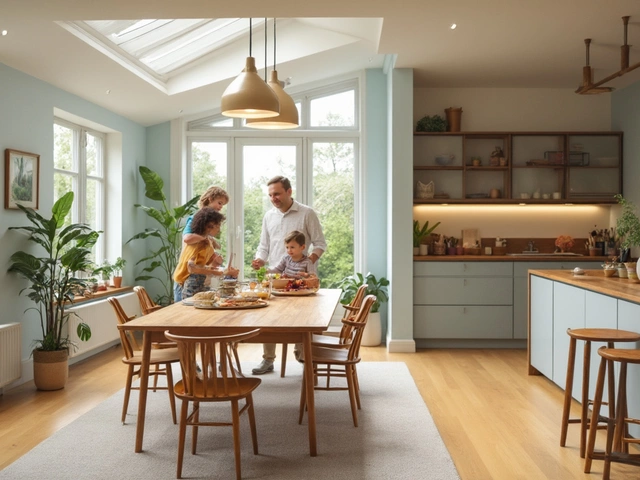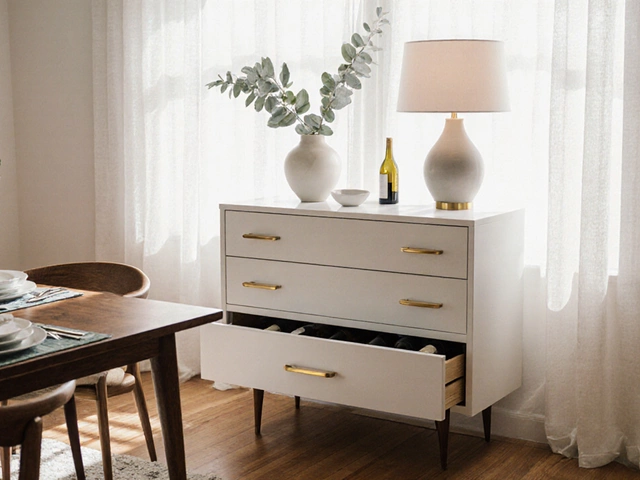10x10 Storage Unit – Your Complete Quick‑Start Guide
Unlock the full potential of a 10x10 storage unit and turn that modest 100‑square‑foot space into a well‑ordered haven for seasonal gear, furniture, or business inventory. When working with 10x10 storage unit, a compact, 100‑square‑foot compartment commonly found in self‑storage facilities, ideal for personal or commercial use. Also known as small storage unit, it offers a versatile canvas for keeping items safe and accessible.
Effective storage unit organization, the systematic arrangement of belongings using shelves, bins, and vertical space, designed to maximize usability and protect items is the backbone of any successful 10x10 setup. Start by grouping items by frequency of use – everyday tools stay at eye level, while rarely needed archives can sit on higher shelves. Leveraging clear plastic bins with labels cuts down on rummaging time and prevents dust build‑up. Don’t overlook wall‑mountable pegboards; they turn unused wall real‑estate into a handy tool rack, freeing floor space for larger boxes.
How to Organize a 10x10 Unit
When you plan the interior, think of the unit as a miniature warehouse. A DIY storage building, a custom‑built shed or modular shelving system you assemble yourself, often cheaper than pre‑made units can be a game‑changer if you own the unit or have permission to add lightweight frames. Opt for modular metal or wood shelving that fits the unit’s 8‑foot ceiling – three to four rows give you adjustable height for larger items. Budget‑wise, a basic shelving kit runs between £80‑£150, a fraction of the monthly rental cost for a 10x10 space, which averages £45‑£65 per month depending on location.
Don’t forget protection against the unseen threats that often lurk in storage facilities. Pest control, measures such as traps, repellents, and regular inspections designed to keep rodents and insects away from stored belongings is essential for preserving the condition of boxes, fabrics, and electronics. Place sealed containers for food‑related items, use moth‑proof bags for textiles, and set up sticky traps along the unit’s corners. Many facilities offer periodic pest‑inspection services; if yours doesn’t, schedule a quarterly check‑up yourself. Pair this with a basic fire‑extinguisher and a humidity monitor – these small steps guard against damage that could otherwise cost you a fortune.
In addition to organization and pest prevention, consider security and insurance. Choose a unit with solid steel doors, CCTV monitoring, and individual access codes. Confirm that your homeowner’s or renter’s insurance covers stored items, or purchase a dedicated storage policy for peace of mind. With these layers in place, your 10x10 storage unit becomes a reliable extension of your home, ready to house everything from winter coats to archived documents.
Below you’ll find a hand‑picked selection of articles that dive deeper into each of these topics – from detailed layout ideas and cost‑breakdown guides to step‑by‑step pest‑proofing strategies. Browse through to equip yourself with the knowledge you need to turn that modest square footage into a perfectly organized, secure, and budget‑friendly storage solution.






